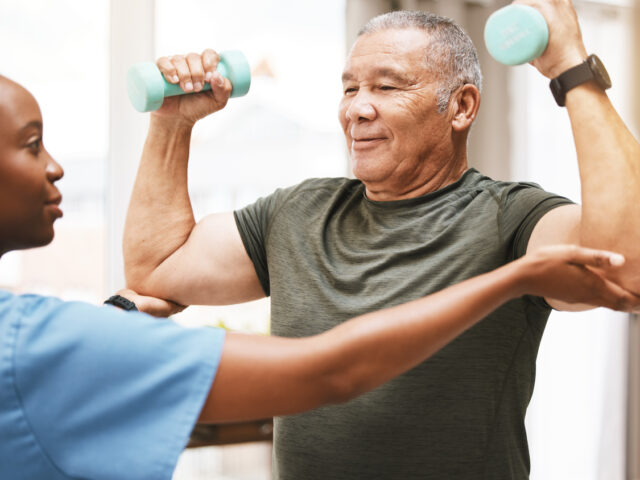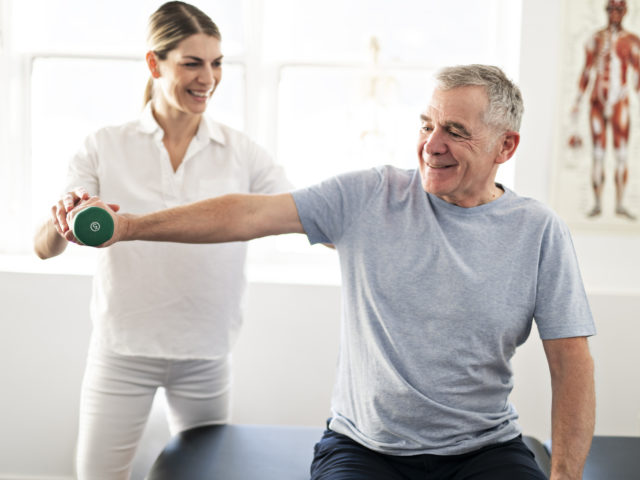In the realm of physical health and fitness, the term “core stability” has gained significant traction in recent years. From athletes striving for peak performance to individuals seeking to improve their overall well-being, understanding and prioritizing core stability has become a cornerstone of many training regimens. But what exactly is core stability, and why is it so essential in both physical therapy and everyday life?
Defining Core Stability
Core stability refers to the ability of the muscles in the torso to support the spine and pelvis, providing a solid foundation for movement throughout the body. While many people may associate core strength solely with achieving visible abdominal muscles, true core stability goes beyond aesthetics. It encompasses a complex network of muscles, including not only the abdominals but also the muscles of the back, hips, and pelvis.
The Role of Core Stability in Physical Therapy
In physical therapy, core stability plays a central role in rehabilitation and injury prevention. Many common musculoskeletal injuries, such as lower back pain, knee injuries, and shoulder problems, can be traced back to weaknesses or imbalances in the core muscles. By targeting these muscles through specific exercises and techniques, physical therapists can help individuals improve their stability, reduce pain, and regain function.
One of the primary goals of core stability exercises in physical therapy is to enhance proprioception, which is the body’s awareness of its position in space. By improving proprioception in the core muscles, individuals can better control their movements and maintain proper alignment, reducing the risk of injury during physical activity.
Furthermore, core stability training can be tailored to address the unique needs of each patient, whether they are recovering from surgery, managing a chronic condition, or simply looking to improve their overall fitness level. Through targeted exercises and progressive challenges, physical therapists can help individuals build a strong and resilient core that supports their health and mobility.
Everyday Benefits of Core Stability
Beyond the realm of physical therapy, core stability has far-reaching implications for everyday life. Whether you’re lifting groceries, playing with your children, or simply sitting at your desk, a strong and stable core is essential for performing daily activities safely and efficiently.
Improved posture is another significant benefit of core stability training. Many people spend hours each day sitting at desks or hunched over electronic devices, leading to poor posture and increased strain on the spine. By strengthening the muscles that support proper alignment, core stability exercises can help counteract the negative effects of prolonged sitting and promote better posture throughout the day.
Additionally, a strong core can enhance athletic performance in a variety of sports and activities. Whether you’re a weekend warrior or a competitive athlete, having a stable foundation is crucial for generating power, transferring force, and maintaining balance and agility.

Incorporating Core Stability Into Your Routine
Fortunately, incorporating core stability exercises into your routine doesn’t require fancy equipment or hours at the gym. Many simple yet effective exercises can be performed at home with minimal equipment, such as bodyweight exercises, stability balls, and resistance bands. Are you looking for more information regarding physical therapy for pain, visit their page to learn more.
Some examples of core stability exercises include planks, bird dogs, bridges, and Russian twists. These exercises can be modified to suit your fitness level and can be gradually progressed as you become stronger and more proficient.
Consistency is key when it comes to developing core stability. Aim to incorporate core exercises into your routine at least two to three times per week, gradually increasing the intensity and duration as your strength improves. Remember to listen to your body and avoid pushing through pain or discomfort, as this could lead to injury.
Conclusion
In conclusion, core stability is a fundamental component of both physical therapy and everyday life. By strengthening the muscles of the torso and improving proprioception, individuals can enhance their stability, reduce their risk of injury, and improve their overall quality of life. Whether you’re recovering from an injury, striving for peak athletic performance, or simply looking to stay healthy and active, prioritizing core stability should be an essential part of your fitness regimen.

